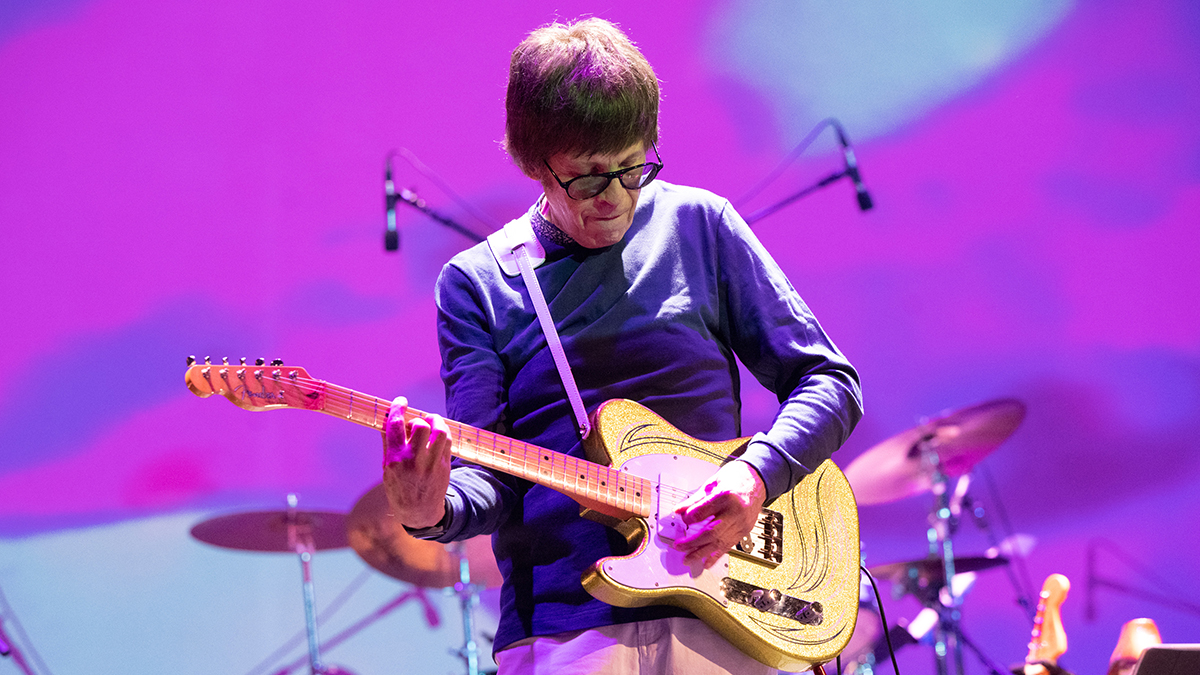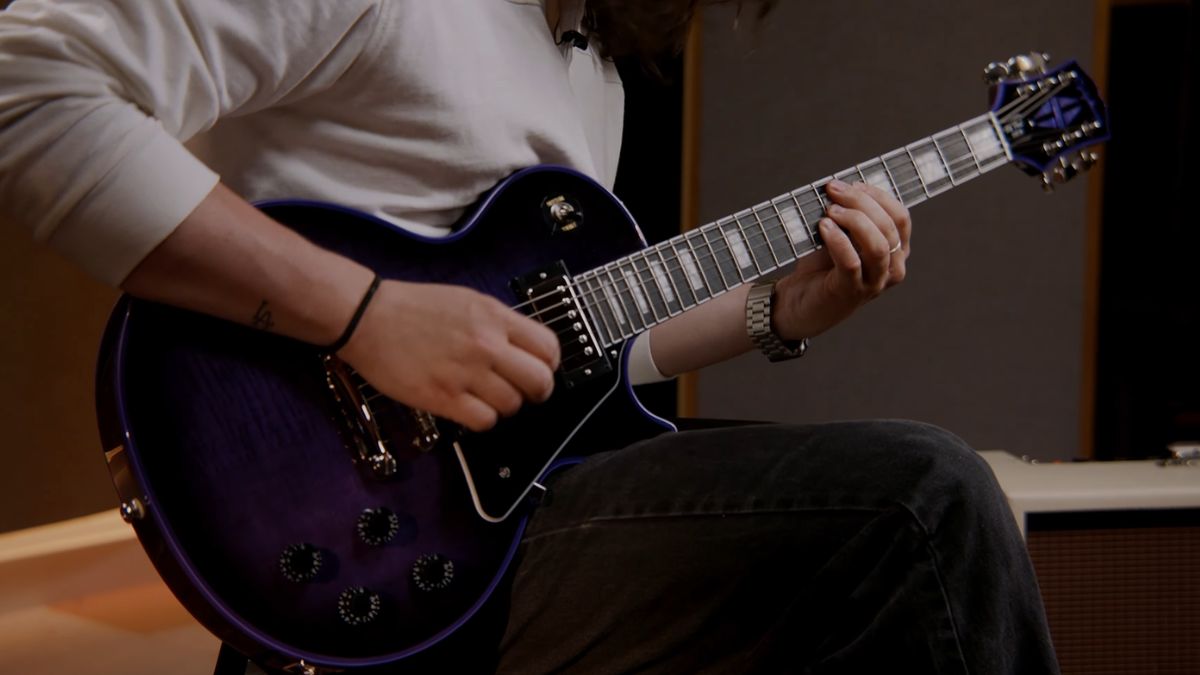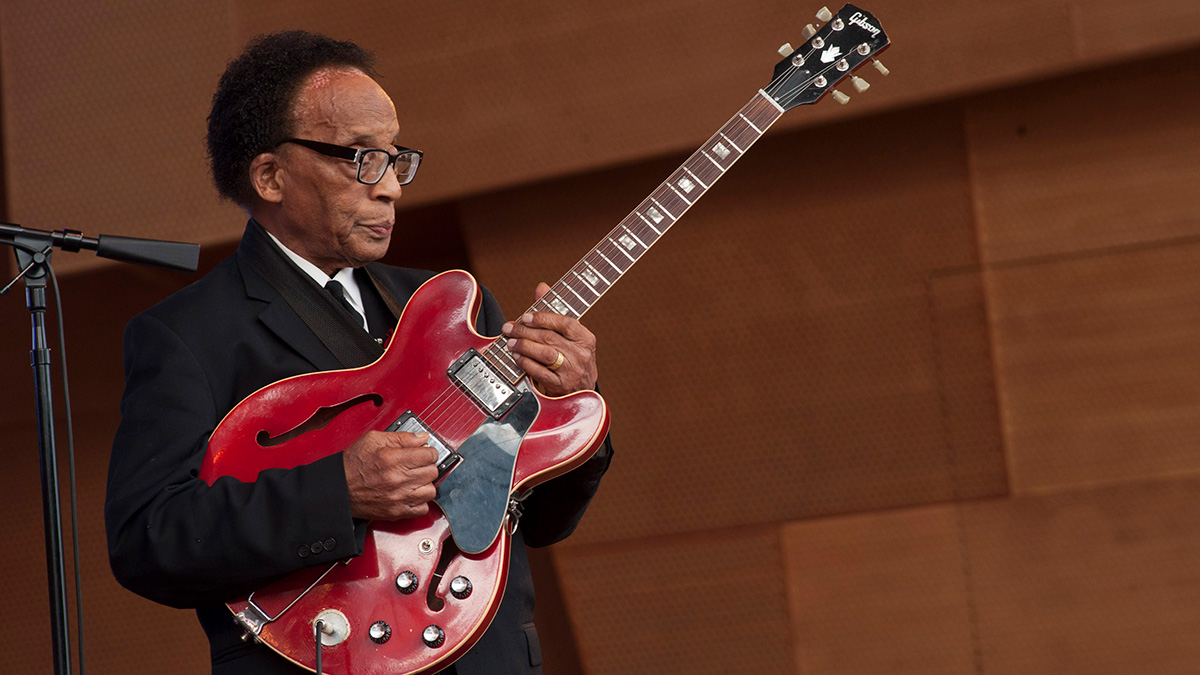“I blew up. I had tears in my eyes because I was so upset. I grabbed the guitar, and I just ripped through it”: Elliot Easton on the emotional rollercoaster that helped him record one of his most iconic guitar solos
The Cars guitarist was particularly proud of the part he wrote, but was reduced to tears by his bandmates' initial reaction

Elliot Easton’s guitar solo in The Cars’ Touch and Go is widely regarded as one of his finest ever lead efforts, but – as is the case with some examples of electric guitar brilliance – its conception wasn’t exactly straightforward.
In a new interview with Guitar World, Easton looks back on how one of his all-time greatest guitar solos came to be, and recalled how he labored over the effort over the course of a few evenings – only for his bandmates to rebuff his idea.
“What I would do is take a cassette of the basic track back to my hotel and work on parts and solos,” Easton explains. “So, I worked on the Touch and Go solo for a few evenings, added to it, and got it to where I really liked it.
“I was really proud of it and felt like I'd stretched out a little bit. There was a little bit of a jazzy, Steely Dan-ish kind of thing, and I was proud of it. The next day, I went into the studio to record it, and, of course, I was excited.
“So, I played the solo perfectly, and there was silence in the room; it was crickets. Everyone was looking down, and I couldn't believe it.”
Understandably, Easton was visibly let down by the reaction. As a workaround, he tried experimenting with an upside-down Fender Precision Bass to compose a bass solo in place of his original idea.
Nothing worked, though, and Easton was so frustrated by the whole ordeal he was moved to tears. Emotions running high, he grabbed his guitar again, and let rip one more time on his original solo. This time, the reaction was different.
Get The Pick Newsletter
All the latest guitar news, interviews, lessons, reviews, deals and more, direct to your inbox!
“I just blew up. I was like, 'Fuck this, man. I'm playing a solo,'” he goes on. “I put the bass down, grabbed my guitar, and had tears in my eyes because I was so upset and angry. I grabbed the guitar, they ran the track, and I just played it in one go; I just ripped through it.
“And they went, 'Yeah, that's it!' I said, 'What are you talking about? It's the same solo.' They said, 'Well, before, it sounded like you were thinking about it too much.'”
To put it mildly, Easton was furious: “I could have killed them because I was so excited to put the solos on, and when I got such a non-reaction to it, all the blood went to my head.
“It's like, 'You've got to be kidding me. This is like the best thing I've done yet, and you want something different.' So, that's what happened with that.”
While moving a bandmate to tears might have been a step too far, there’s perhaps something we can all take away from Easton’s experience: no matter how technically impressive or dazzling a solo is, it won’t capture listener’s imaginations if it isn’t executed with the right feel.

Matt is the GuitarWorld.com News Editor. He has a Masters in the guitar, a degree in history, and has spent the last 16 years playing everything from blues and jazz to indie and pop. When he’s not combining his passion for writing and music during his day job, Matt records for a number of UK-based bands and songwriters as a session musician.
“His songs are timeless, you can’t tell if they were written in the 1400s or now”: Michael Hurley, guitarist and singer/songwriter known as the ‘Godfather of freak folk,’ dies at 83
“The future is pretty bright”: Norman's Rare Guitars has unearthed another future blues great – and the 15-year-old guitar star has already jammed with Michael Lemmo











